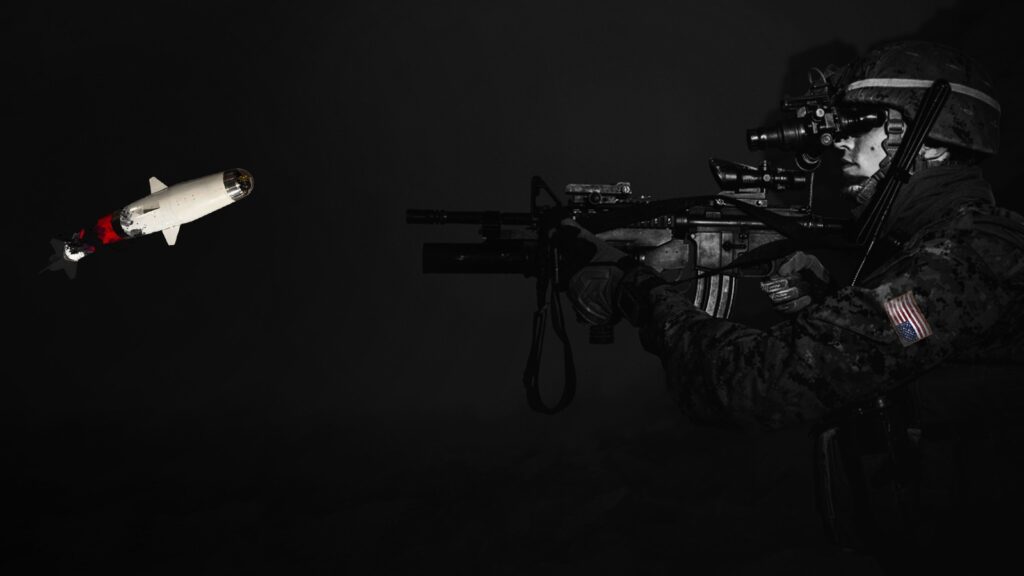On Sunday, the US military reported that its forces successfully intercepted a cruise missile launched at an American destroyer in the Red Sea from areas controlled by the Huthis in Yemen. This incident seems to mark the first attack against a US destroyer, amidst a series of missile and drone activities by the Huthis, targeting shipping they perceive as linked to Israel in the crucial Red Sea trade route.
The United States Central Command issued a statement on January 14, noting that at around 4:45 p.m. Sanaa time, an anti-ship cruise missile was launched from Huthi-controlled areas in Yemen, targeting the USS Laboon (DDG 58), which was operating in the Southern Red Sea. The missile was successfully intercepted near the coast of Hodeida by US fighter aircraft, with no reported injuries or damages.
The Huthis have stated that their actions are in solidarity with Gaza, where Hamas militants have been engaged in conflict with Israel for more than three months.
Regarding the reported attacks on rebel targets in Yemen, the United States denied these claims, and a US defense official, speaking on condition of anonymity, stated that there were no US or coalition strikes in Hodeida on that day.
US and British forces on Friday said they hit scores of rebel targets throughout Yemen, heightening fears that Israel’s war with Palestinian Hamas militants could engulf the region.
Late Friday the US military said it had carried out a “follow-on” strike against a Huthi radar site, following an initial barrage early Friday against rebel military bases.
Approximately 12 percent of worldwide trade typically transits through the Bab al-Mandeb Strait, which serves as the Red Sea entrance connecting southwest Yemen and Djibouti. However, the rebel attacks have disrupted trade flows.
Last month, Washington introduced Operation Prosperity Guardian, a maritime security initiative aimed at safeguarding maritime traffic in the region. Despite numerous warnings, the Huthis have persisted in their attacks.



